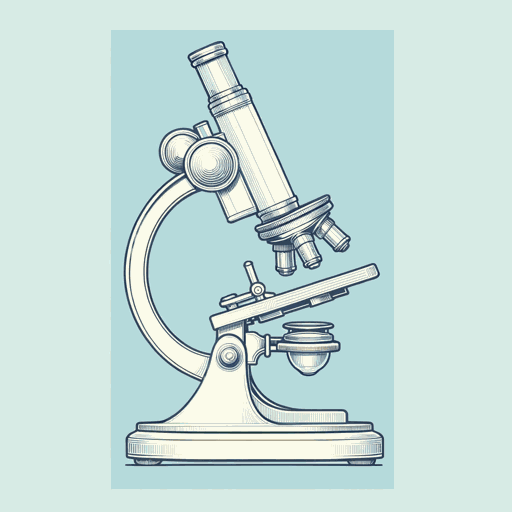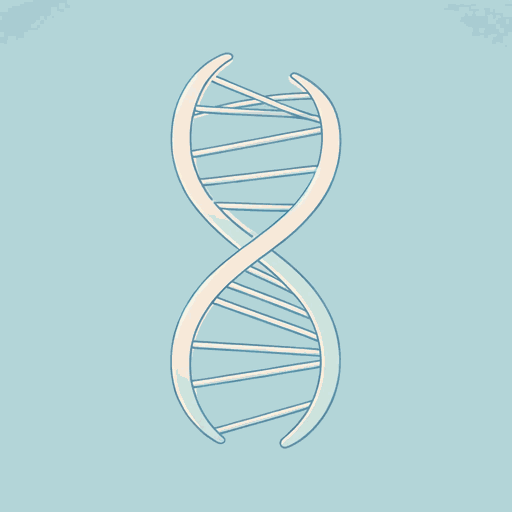71 pages • 2 hours read
Siddhartha MukherjeeThe Song of the Cell: An Exploration of Medicine and the New Human
Nonfiction | Book | Adult | Published in 2022A modern alternative to SparkNotes and CliffsNotes, SuperSummary offers high-quality Study Guides with detailed chapter summaries and analysis of major themes, characters, and more.
Part 3, Chapters 9-14Chapter Summaries & Analyses
Part 3: “Blood”
Chapter 9 Summary: “The Restless Cell: Circles of Blood”
Mukherjee focuses on the “language of blood” (154). Red cells, white cells, and platelets represent the three cellular components of blood. These components “engage in an elaborate system of signaling and cross talk” (154). In essence, blood is an elaborate network.
Greek surgeon Galen of Pergamon was one of the first to recognize this idea while caring for Roman gladiators (circa 150 AD). Galen, like others in the ancient and medieval worlds, believed that bodies consisted of four humors (blood, yellow bile, black bile, and phlegm) and that disease occurred when these humors were out of balance. Galen held that blood formed in the liver and spread through the veins in a centrifugal (rather than circular) manner to deliver nutrients throughout the body, including the heart, and that the heart used blood to act as the body’s furnace. English physiologist William Harvey upended Galen’s system in the early 1600s by suggesting that blood flowed in a circular manner and that the heart wasn’t a furnace or cooling system but a pump.
Blood carries cells, including red blood cells. Several scientists, including van Leeuwenhoek, documented this process during the 17th and 18th centuries, although they didn’t know the function of red blood cells.
Related Titles
By Siddhartha Mukherjee



